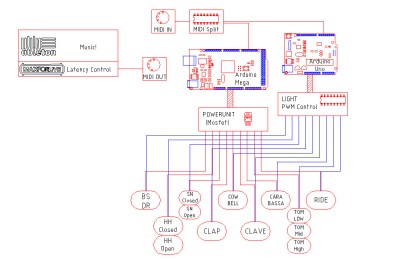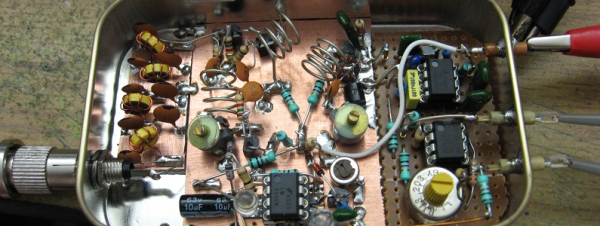Studies have shown reading to children leads to improved academic performance later in life, a trait that will make them more competitive in the workforce, and ultimately happier human beings. It follows, then, that having a robot read to children will also lead to happier and more productive adults, while normalizing the cyborg uprising takeover of the AI apocalypse of 2037.
It’s a good thing the above paragraph is a complete non-sequitur and has nothing to do with this Hackaday Prize entry. The TextEye, [Markus]’ entry for the Assistive Technology portion of the Hackaday Prize, is a handheld device that translates the written word into speech, useful for anyone who either can’t see well or can’t read gooder. Yes, it will also read to children, but so did Teddy Ruxpin.
If you’re keeping track, this isn’t the first time [Markus] has entered this project in a Hackaday Prize contest. The first time was six months ago in the Hackaday / Adafruit Raspberry Pi Zero contest. [Markus] was inspired by a group of blind computer science students using specialized hardware that allowed them to study the same thing as everyone else.
Since the first few project logs, a lot has changed in this project. You can buy a Pi Zero easily, and the updated Pi Zero 1.3 now comes with a camera connector. [Markus] is swapping out his Pi Model A and USB webcam for the Pi Zero and Pi camera. The software remains the same — GraphicsMagick, Tesseract OCR, Festival and Wiring Pi handle reading text and turning those words into speech — with a slight refactoring of the code. It’s a great use for the Pi Zero, and an excellent example of an Assistive Technology, and we’re happy to see it again in the Hackaday Prize.
























